Origins, Part 7: Drinking hallucinogenic cactus on the road to death.
A kayak trip on lake Powell.....A journey to Ecuador.....Contemplating mortality.
This post follows one about my time at Jasper Hill, which ended with me leaving Vermont in my minivan as fall set in.
“It was drizzling and mysterious at the beginning of our journey. I could see that it was going to be one big saga of the mist. “Whooee!” yelled Dean. “Here we go!” And he hunched over the wheel and gunned her; he was back in his element; everybody could see that. We were all delighted, we all realized we were leaving confusion and nonsense behind and performing our one and noble function of the time, move.” - Kerouac, On the Road.
It was a Kerouacian mad dash back across the width of the North America, through the corn deserts of Iowa, hellbent on getting to Lake Powell on Utah’s border with Arizona. I loaded up my kayak with two weeks’ worth of supplies, and pushed out to paddle down the tomb of the Colorado river, with Glen Canyon buried deep below by the arrogance of a dam. Large scale dams are the equivalent of pasteurizing a river. Everything wild and free must be captured and forced to submit. “But we need the water, we need the electricity” people cry. They are wrong. Glen Canyon dam wasn’t built for irrigation or power. The history of how it was built, and the anti-dam activism that it inspired is fascinating. Check out the documentary Damnation, and learn a bit about the history of Earth First!. We don’t need more water or electricity. We need to learn to get by with less. Radically less. No more compromises in defense of mother earth. Ecology is always more important than economics, yet the two need not be at odds. All economies are rooted in ecology, and it is high time we acknowledged this fact, and started asking who our economies are actually serving.
It was with these matters in mind that I paddled south and headed up the Escalante River, to hike a series of amazing slot canyons from the bottom up, or finding scramble routes onto bluffs. I spent 12 days out there, camping comfortably since I could bring lots of weight in the boat. I had a full tent, bottle of whiskey, wetsuit and dry bags for the long swims in the cold waters that lurk at the bottom of some of the canyons. I read a profound book called “the Tibetan Art of Living and Dying”. The focus in Tibetan Buddhism on preparing for our death has always felt right to me. It’s the most important moment of our life, everything builds to that window of transition. Some people say they want to die in their sleep. That sounds awful to me. I want to be fully aware and ready, calm, focused. The book talks about how western cultures have an ingrained fear of death, that we refuse to talk about it, or develop a healthy relationship with it. This denial is indicative of a much deeper illness. The avoidance and fear of life. No wonder we run around trying to dam rivers, like children playing in a creek at the seashore.
These issues were poignant for me, as my uncle was nearing his death. I came out of my water retreat and drove to spend time with him down in Arizona. He talked about his life, and that he knew it was coming to an end. He said he was ready to go, that he was comfortable with his impending mortality. I sat there with him for a few days then left, knowing full well it would the last time I saw him. A few weeks later he passed to the other side. I experienced sadness, but also a felt grateful that I got to say goodbye. To have someone tell you they are about to leave, in clear terms, and to get to say goodbye felt profoundly healthy. I had prepared for it by reading about dying, and was allowed to apply the concepts of the book in real life, real death.
Death is not the opposite of life. Death is life. Life is based on death. The living survive because other things die. And the dead don’t simply cease to exist. They move on, into the living, who carry the energy and story forward, until they themselves die, to feed the living. To keep the saga that is life, the continual moment that is always here, rolling on.
“The purity of the road. The white line in the middle of the highway unrolled and hugged our left front tire as if glued to our groove.” - Kerouac, On the Road.
This conversation may feel heavy and be difficult for some of you. But that’s ok. To experience sadness, to grieve, is to be alive. I feel called to share this because I think the denial and fear of death is a part of the denial and fear of life, and that this is at the root of our broken food system, of late capitalism’s destructive bend. The way we raise and milk livestock, then treat the milk as a commodity, attempting to eradicate any life from it, to replace what is wild and indigenous with something artificial and domesticated, is born from this fear and hatred of life. The approach is often justified as being advanced, efficient, and scientific. This reminds me of someone in an abusive, dangerous, soul sucking relationship, who has to come up with excuses for staying with their abuser. That many defend the model of cheesemaking that is being exported by US and European corporations and governing bodies may represent a form of Stockholm syndrome on a societal scale, with captives identifying with and defending their captors, their abusers.
When I advocate for natural starters, heritage breeds, and the traditional techniques and tools of the world’s intact pastoral communities, I’m taking a stand for life, for Gaia, for what feels right and true to my body. There is a deep science expressed by these cultures, a profound relationship with landscapes, livestock, and microbes that goes beyond food safety. It’s food worship, which is the worship of life and also the worship of death. Because life and death are not a dichotomy, with the living over here and the dead down there. You can’t remove life from your food, any more than you can remove death from life. I want to make cheeses that honor the web of life, that are sculptures honoring motherhood, made from liquid femininity, coagulated by the organs of sacrificial children of the same mother we worship. We can love life while killing and eating, appreciating our role in the circle. Not at its center. But a part of its spinning.
These connections weren’t aware to me as I drove back to California after saying goodbye to Uncle Dave. They only appear to me now, upon reflection 8 year later, sitting in a room in Oaxaca sipping mezcal as it rains lightly outside. At that point in my life, I had far less aim and philosophical coherence. I knew I wanted to travel internationally again, and kind of randomly picked Ecuador for my next trip. It’s a small country with a diversity of climates from the Amazon to the high Andes, and down to the coastline on the other side. So I went, without much of an agenda.
“I couldn’t imagine this trip. It was the most fabulous of all. It was no longer east-west, but magic south. We saw a vision of the entire Western Hemisphere rockribbing down to Tierra del Fuego and us flying down the curve of the world into other tropics and other worlds.” - Kerouac, On the Road.
Towards the end of my trip to SE Asia, I had begun volunteering at rustic farms and homestays in remote villages. I decided this was how I wanted to travel, as staying in one place while working and eating with locals lent a whole other experience that was deeper than the tourist-hostel-party-sightseeing circuit. So, I found a place on Workaway that was raising hogs on a small farm in the Andes, and had volunteers doing the butchering. I spent 2 weeks there but wasn’t so stoked on how I was treated, so I left. I ran after a German woman to a town at the edge of the Amazon, where we had a fling, staying in cheap bungalows with geckos in the rooms and marauding gangs of monkeys who stole peoples cellphones.
Somehow I ended up deep in a funk, which often happens when I land in a foreign land and have to quit smoking cannabis. It’s a plant I’ve had a long relationship with, and in those years I was fairly addicted to Indica and its relaxing attributes. It’s only recently that I’ve realized I was numbing myself emotionally, and relying on a painkiller to alleviate boredom and avoid properly grieving the pains of modernity. In my Ecuadorian doldrums I started reading about the electrical current generated by the heart, and learned that there is an electromagnetic field surrounding our body that can be measured. We are constantly sending energy out, and I suddenly realized that by walking into a room while feeling upset, angry, and sorry for myself, I was infecting others with my negativity. I came up with a mantra. “I am aware of and responsible for the energy I am putting into the field.”
I decided I wanted to work with Ayahuasca, but the packaged experiences that are sold to gringos didn’t appeal to me, and I heard bad stories. I found a place to work trade in the far south near Peru that offered a small brick hut set in a quiet patch of jungle, in exchange for help clearing the land and caring for fruit trees. Vilcabamba was the name, and I now feel a great power when I utter that name. The place changed my life.
The medicine I ended up working with is a cactus called San Pedro that contains mescaline as the main psychoactive ingredient along with an entourage of others. I was called to work with it when I heard about a female shaman who was Swiss, an unorthodox situation in a place where shamans are male and follow a conservative, vaguely catholic ritual with the sacred cactus. I prepared by cutting out meat and dairy from my diet, and went to meet the shaman a few days before the ceremony. I took it seriously.
It was the first time I had taken an entheogen in a ceremonial setting. Mushrooms and LSD had been a big part of my philosophical development, and I credit them with being a catalyst of growth in my twenties. I don’t think I would have grown into the person I am without them. But Pedro was different. I laid there and had amazing visions, a series of beautiful things were presented to me: fruit, wild animals, flowers, amazing food. Before my eyes they slowly got older, and began decaying, the flowers shriveling, the fruit growing moldy, the animals dying and decomposing. There was nothing horrible or discomforting about it. It was actually profoundly beautiful. I was being shown reality, by an intelligence that would respond to my questions, that had an intention, and was very gentle with me.
I was shaken out of my depression, with some shocking realizations about how I had created it all in the first place. When our hearts are closed, we can’t see clearly, our thoughts are muddled. I had been very stuck in my head and its rational, self-centered logic. The heart is a center of intelligence along with the brain, and with work I could learn to act from it, to open up to its sensitivity, rather than becoming callous and hiding in my defenses and delusions. In my visions, I had seen theses defenses personified. I was a traumatized, wounded knight, exhausted by the metal weapons and thick layers of armor I carry around, fearing psychic assault as I walk through the world, weighed down, defensive.
It finally made sense, why I had come to Ecuador in the first place. I was there to look in the mirror, to get more comfortable being myself. I was there to prepare for what would come next, as life unfolds mysteriously and naturally.
When we let it.






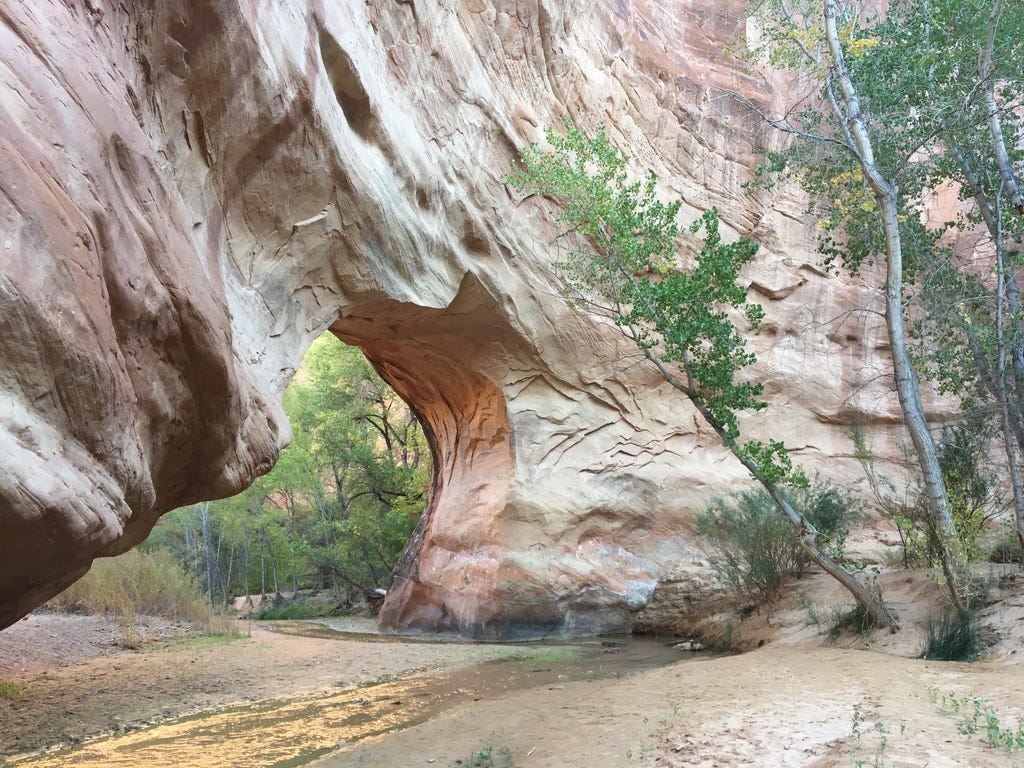

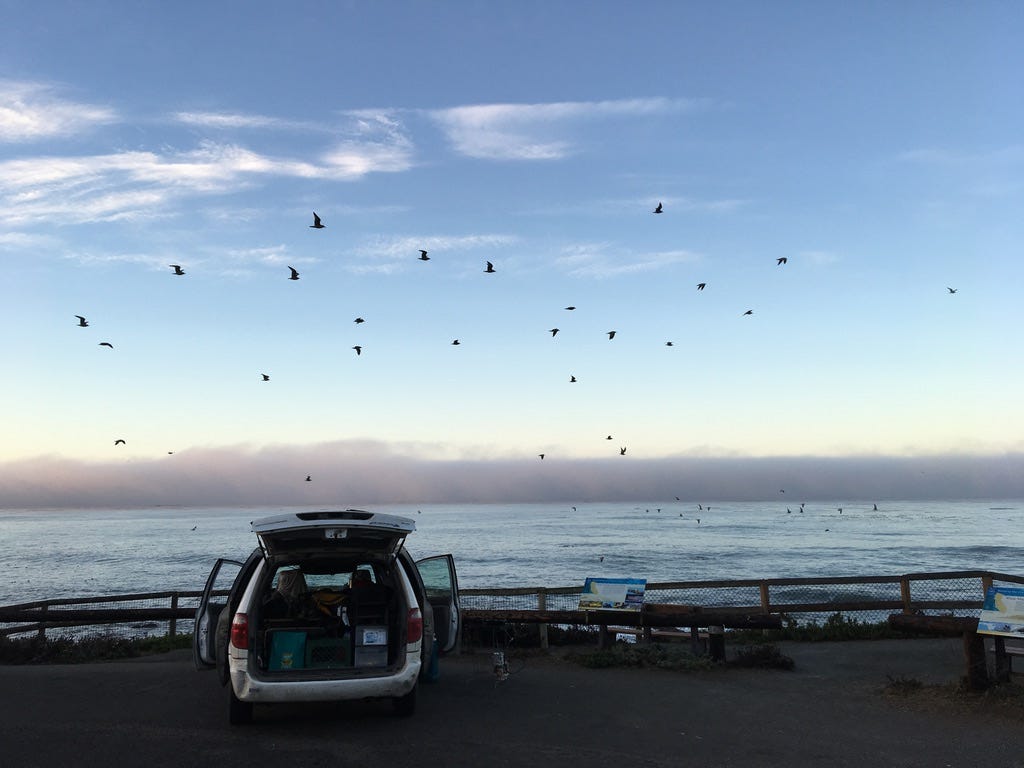

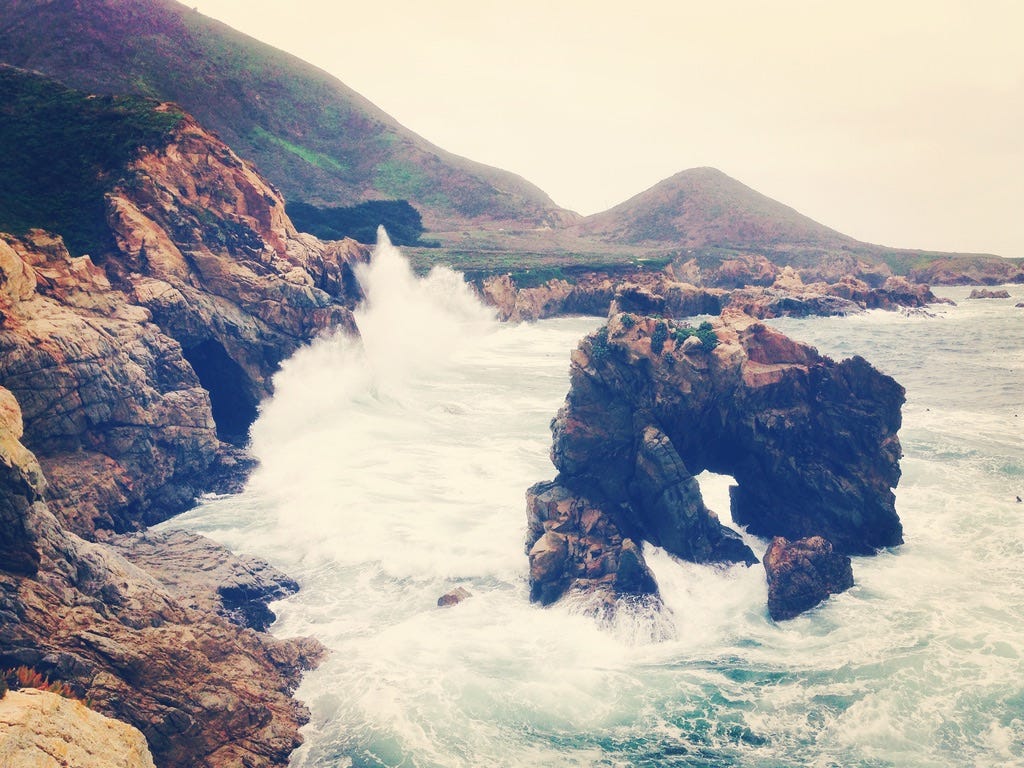
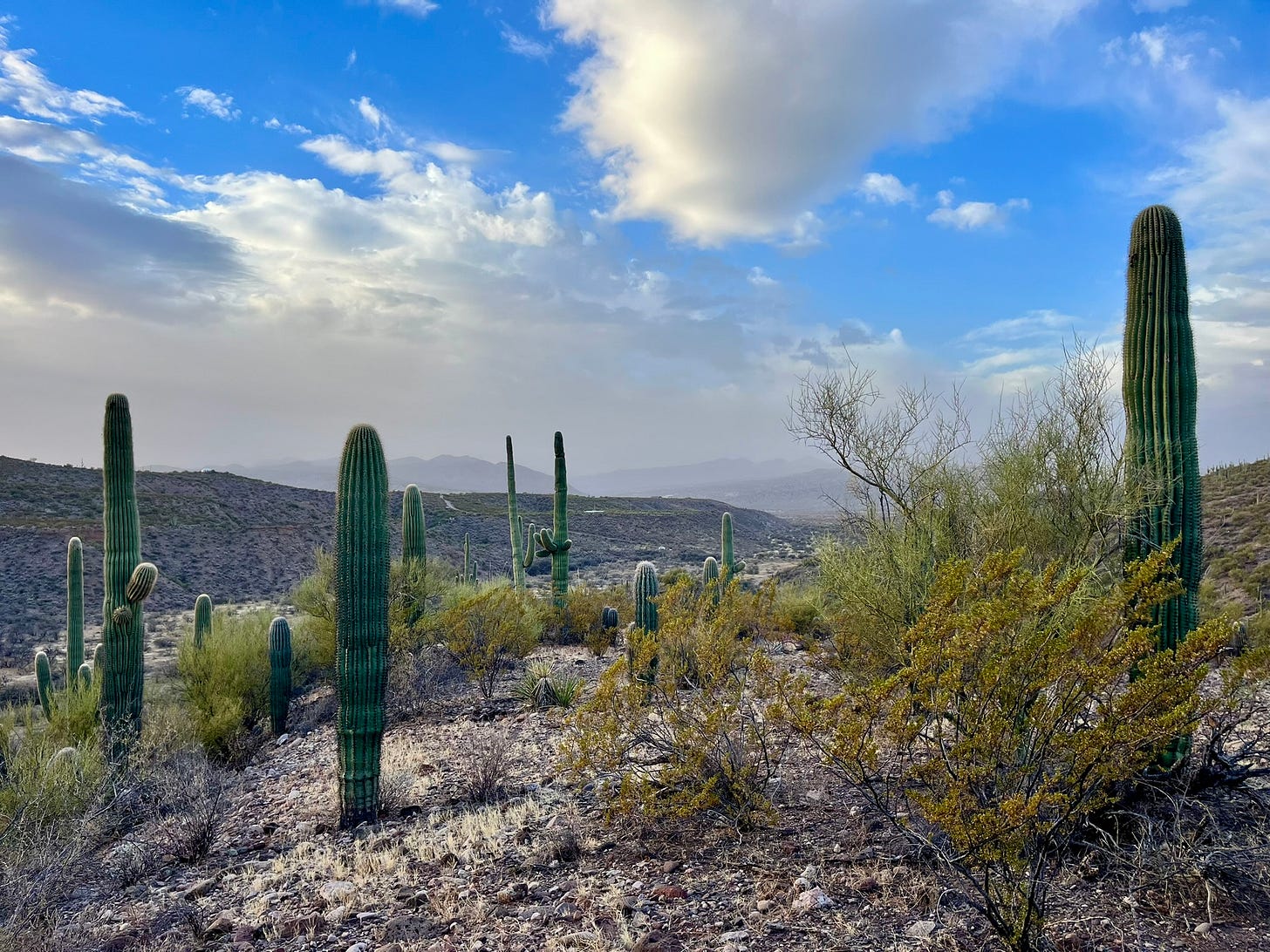
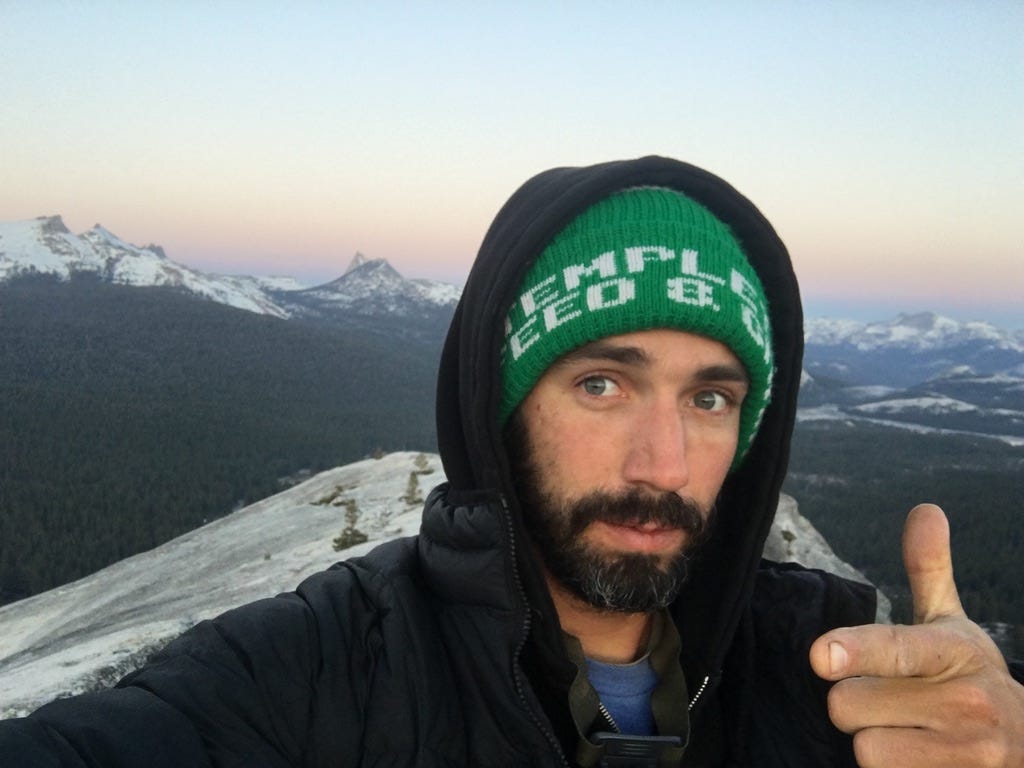
Once again - breathtaking communication of things no one ever really openly talks about. Where does love fit it?
Thanks for sharing. I met Pedro in Elqui the week after the Plebiscite in Chile 1988. Changed my life.